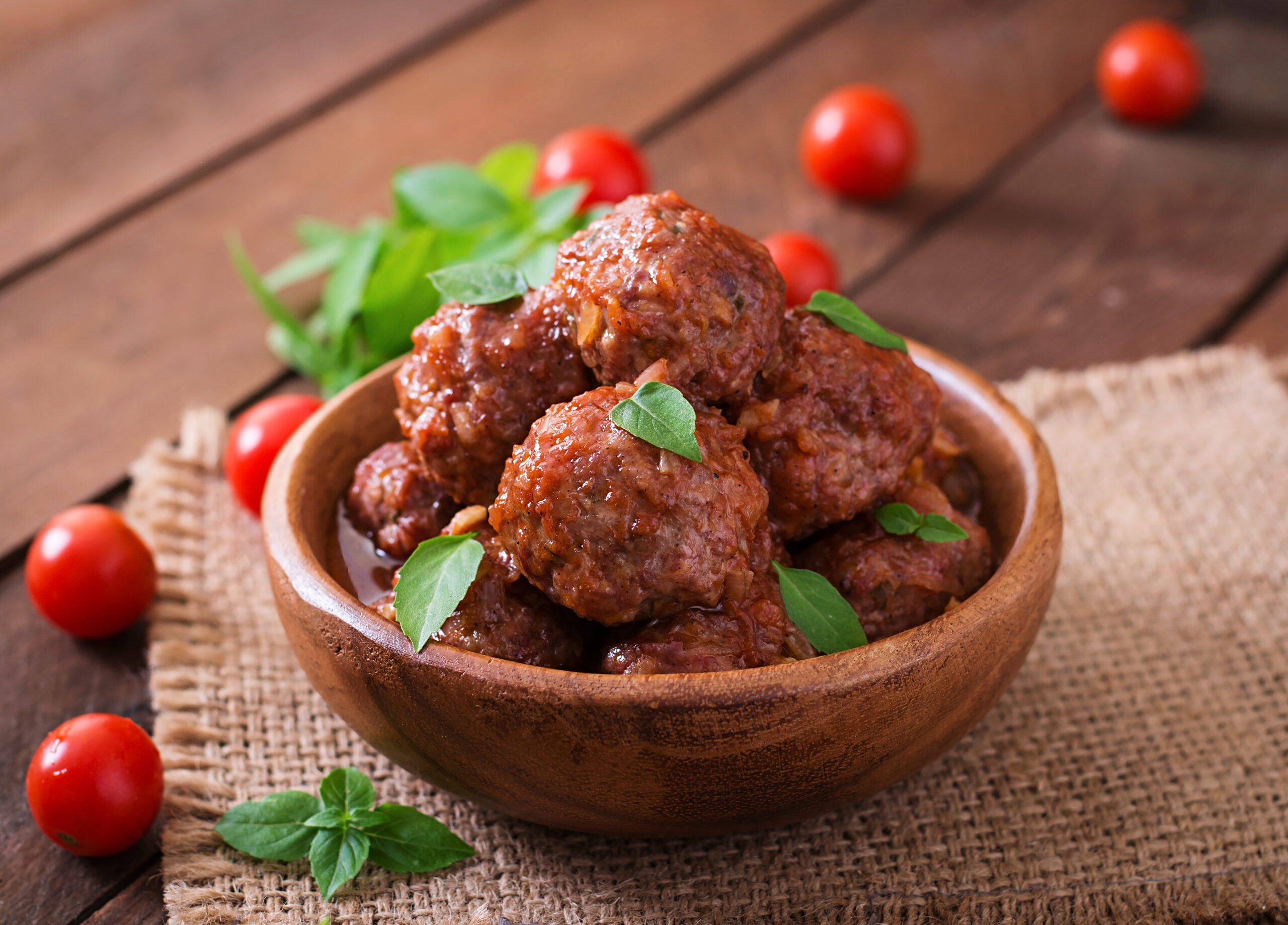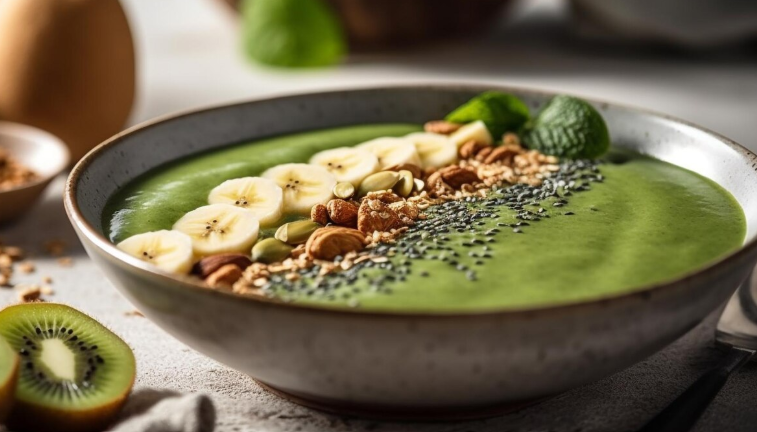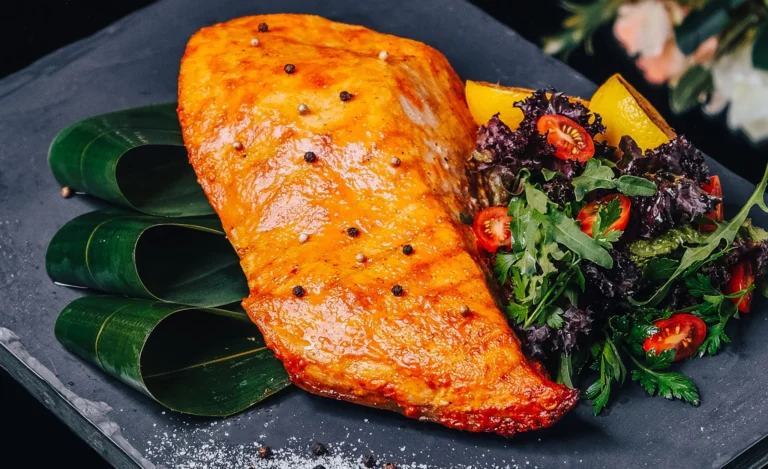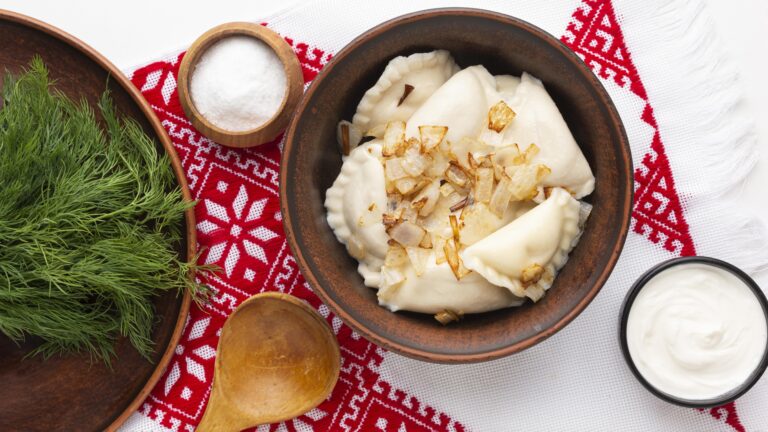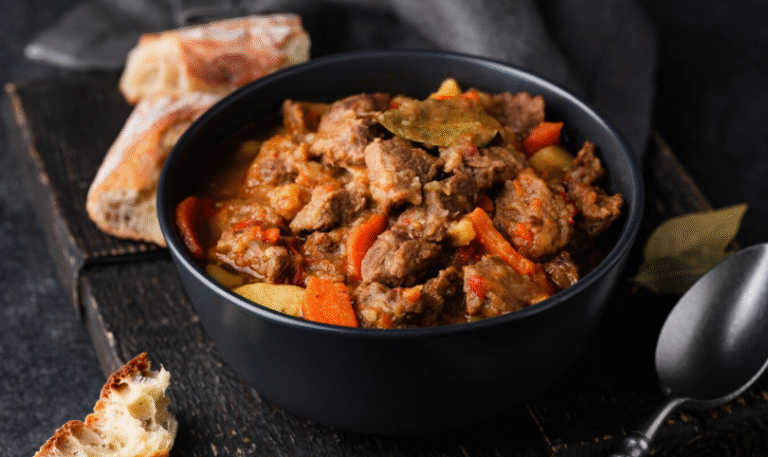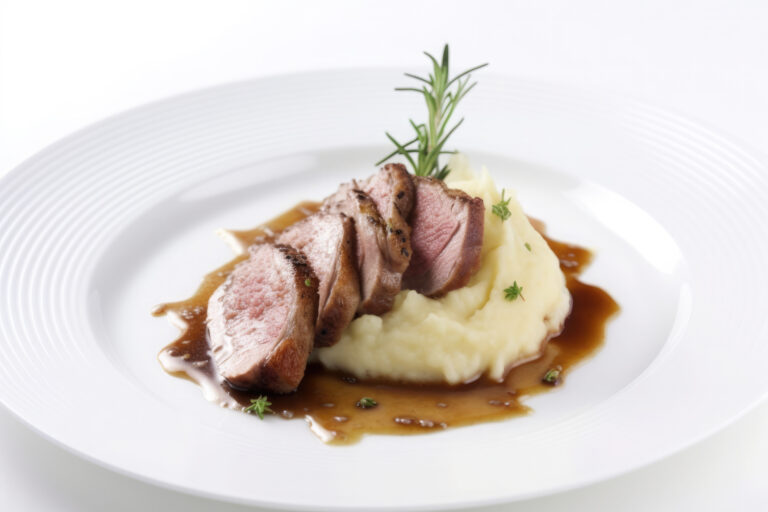Turkish Beef Meatballs : Authentic Köfte Recipes That Bring Istanbul to Your Kitchen
The aroma of sizzling spices and tender beef fills your kitchen as you roll the first meatball between your palms. There’s something magical about recreating the flavors that have warmed Turkish homes for generations. These aren’t just meatballs – they’re edible memories, connecting you to centuries of culinary tradition that transforms simple ingredients into extraordinary comfort food.
Table of Contents
What Makes Turkish Beef Meatballs Special?
The History Behind Köfte
Turkish beef meatballs, known as köfte, carry stories from the Ottoman Empire’s grand kitchens. These succulent spheres emerged during the 15th century when palace cooks perfected techniques that balanced robust flavors with tender textures. Each region across Turkey developed unique variations, from Istanbul’s refined palace-style köfte to Adana’s fiery street food versions.
Your journey into Turkish cuisine begins with understanding that köfte represents more than sustenance. Families gather around shared platters, passing down recipes through generations. The technique of hand-rolling perfect spheres becomes a meditative practice, connecting you to countless Turkish grandmothers who shaped these same flavors.
Key Characteristics of Authentic Turkish Meatballs
What distinguishes Turkish beef meatballs from their international cousins lies in their distinctive seasoning profile and preparation methods. You’ll discover that authentic köfte relies heavily on fresh herbs like parsley and mint, combined with warming spices such as cumin and paprika. The texture achieves remarkable tenderness through careful meat selection and traditional binding techniques using bulgur instead of breadcrumbs.
Turkish cooks prioritize the balance between fat content and lean meat, typically using an 80/20 ratio that ensures juiciness without greasiness. The grinding process matters significantly – coarser textures provide better mouthfeel than fine processing.
Essential Ingredients for Perfect Turkish Beef Meatballs
The Beef Selection
Your success with Turkish beef meatballs starts with choosing the right meat. Select chuck roast or shoulder cuts with natural marbling that provides flavor without excessive fat. Room temperature meat mixes more easily and develops better texture than cold beef straight from refrigeration.
When grinding your own meat, pulse in short bursts to maintain some texture. Over-processing creates a paste-like consistency that produces dense, heavy meatballs rather than the light, airy texture you’re seeking.
Authentic Turkish Spice Blend
The soul of Turkish beef meatballs resides in their spice combination. Your spice cabinet should include:
- Ground cumin for earthy depth
- Sweet paprika for color and mild heat
- Freshly cracked black pepper
- Turkish red pepper flakes (pul biber)
- Fresh parsley, finely chopped
- Fresh mint leaves
- Dried oregano
Toast whole spices before grinding them yourself. This extra step releases essential oils that transform ordinary meatballs into restaurant-quality köfte.
Binding and Texture Elements
Traditional Turkish recipes employ fine bulgur soaked in warm water as the primary binding agent. This ancient grain adds subtle nutty flavor while creating the perfect texture. Soak your bulgur for 15 minutes until softened, then squeeze out excess moisture before incorporating into your meat mixture.
Traditional Turkish Beef Meatball Recipes
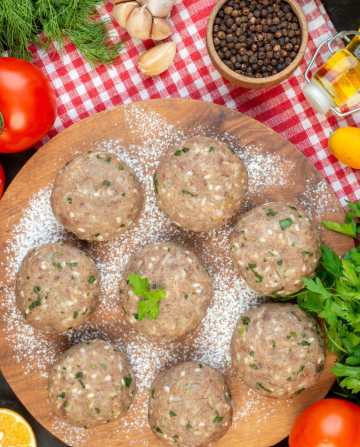
Classic İzmir Köfte Recipe
This beloved recipe originates from Turkey’s western coast, where Mediterranean influences create balanced, aromatic meatballs.
| Ingredient | Amount | Notes |
|---|---|---|
| Ground beef (80/20) | 1 lb | Room temperature |
| Fine bulgur | 1/4 cup | Soaked in warm water |
| Yellow onion | 1 medium | Finely grated |
| Fresh parsley | 1/2 cup | Chopped |
| Garlic | 3 cloves | Minced |
| Ground cumin | 1 tsp | Freshly ground |
| Sweet paprika | 1 tsp | Hungarian preferred |
| Sea salt | 1 tsp | Coarse |
| Black pepper | 1/2 tsp | Freshly ground |
| Large egg | 1 | Beaten |
Preparation Steps:
- Combine soaked bulgur with grated onion and let rest for 10 minutes
- Mix beef with bulgur mixture using clean hands
- Add herbs, spices, and beaten egg
- Knead gently for 2-3 minutes until just combined
- Shape into walnut-sized balls with wet hands
- Rest for 30 minutes before cooking
Spicy Adana-Style Beef Meatballs
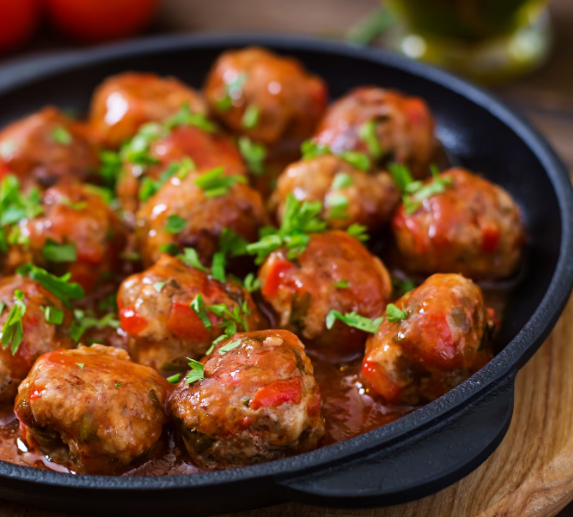
Southern Turkey’s Adana province contributes this fiery variation that awakens your taste buds.
| Ingredient | Amount | Preparation |
|---|---|---|
| Ground beef | 1.5 lbs | Coarsely ground |
| Turkish red pepper paste | 2 tbsp | Biber salçası |
| Hot paprika | 1 tbsp | Turkish variety |
| Garlic | 4 cloves | Pressed |
| Fresh mint | 1/4 cup | Chopped |
| Ground sumac | 1 tsp | Adds tartness |
| Coarse salt | 1.5 tsp | Sea salt |
Follow similar preparation methods, allowing the mixture to marinate for at least one hour before shaping. The resting period allows flavors to meld and intensify.
Cooking Methods for Turkish Beef Meatballs
Traditional Pan-Frying Technique
Heat olive oil in a heavy-bottomed pan over medium heat. Your oil should shimmer but not smoke – approximately 350°F. Place meatballs carefully without overcrowding, allowing proper browning on all sides. Turn gently every 2-3 minutes, cooking for 12-15 minutes total.
Grilling (Mangal) Method
Turkish families often prepare köfte over charcoal grills during gatherings. Thread meatballs onto metal skewers, leaving small gaps between each piece. Grill over medium coals, rotating frequently to ensure even cooking. The smoky char adds authentic flavor that indoor cooking cannot replicate.
Baking Option for Healthier Results
Preheat your oven to 400°F and arrange meatballs on a parchment-lined baking sheet. Brush lightly with olive oil and bake for 18-20 minutes, turning once halfway through. This method produces evenly cooked meatballs with less oil absorption.
Serving Turkish Beef Meatballs Like a Pro
Traditional Accompaniments
Turkish beef meatballs shine alongside complementary sides that balance their rich flavors:
Rice Dishes:
- Fragrant pilaf with vermicelli
- Bulgur pilaf with almonds
- Saffron-scented basmati rice
Bread Options:
- Warm Turkish pide bread
- Soft lavash for wrapping
- Crusty village bread
Vegetable Sides:
- Grilled eggplant and peppers
- Fresh shepherd’s salad (çoban salatası)
- Roasted seasonal vegetables
Sauce Pairings
Enhance your Turkish beef meatballs with traditional sauces. Thick yogurt mixed with minced garlic and herbs provides cooling contrast to warming spices. Tomato-based sauces with onions and peppers complement the meat’s richness, while herb-infused olive oil adds brightness.
Pro Tips for Perfect Turkish Beef Meatballs
Common Mistakes to Avoid
Your Turkish beef meatballs will excel when you avoid these frequent errors:
- Never overmix the meat mixture – this creates tough, dense results
- Keep ingredients at proper temperatures throughout preparation
- Season gradually and taste-test small portions before shaping all meatballs
- Maintain consistent sizing for even cooking
Storage and Reheating
Properly stored Turkish beef meatballs maintain their quality for several days. Refrigerate cooked meatballs for up to four days, or freeze uncooked shaped portions for three months. Reheat gently in covered pans with small amounts of broth to prevent drying.
Nutritional Benefits of Turkish Beef Meatballs
Protein Content and Quality
Each serving of Turkish beef meatballs provides complete protein containing all essential amino acids your body requires. The combination of beef and bulgur creates a nutritionally balanced meal that sustains energy levels throughout your day.
Health-Conscious Modifications
Transform traditional recipes into lighter versions by incorporating finely grated vegetables like zucchini or carrots. These additions boost fiber content while maintaining moisture. Consider using leaner meat cuts or mixing beef with ground turkey for reduced fat content.
Frequently Asked Questions About Turkish Beef Meatballs
Q: What’s the difference between Turkish beef meatballs and regular meatballs? A: Turkish beef meatballs (köfte) use specific spice blends including cumin, paprika, and fresh herbs, plus traditional binding agents like bulgur instead of breadcrumbs, creating unique flavors and textures.
Q: Can I make Turkish beef meatballs ahead of time? A: Absolutely! Shape your meatballs up to 24 hours before cooking and refrigerate them covered. For longer storage, freeze uncooked meatballs for up to three months.
Q: What’s the best way to keep Turkish beef meatballs moist? A: Use 80/20 ground beef, avoid overmixing, and don’t overcook. The bulgur helps retain moisture throughout the cooking process.
Q: Are Turkish beef meatballs spicy? A: Traditional recipes offer mild heat levels, but you can adjust spices to your preference. Adana-style variations naturally provide more intense heat.
Q: What sides go best with Turkish beef meatballs? A: Serve with rice pilaf, grilled vegetables, Turkish bread, and yogurt-based sauces for an authentic Mediterranean experience.
These Turkish beef meatball recipes offer more than just a meal – they’re your gateway to experiencing authentic Middle Eastern flavors in your own home. Whether you choose the classic İzmir style or the fiery Adana variation, each bite connects you to Turkey’s rich culinary heritage. Start with quality ingredients, follow traditional techniques, and soon you’ll be serving meatballs that rival those found in Istanbul’s best restaurants.
Ready to transform your dinner table? Gather these ingredients today and begin your Turkish culinary adventure. Share your köfte creations with family and friends, and watch as these ancient flavors create new memories around your table.

